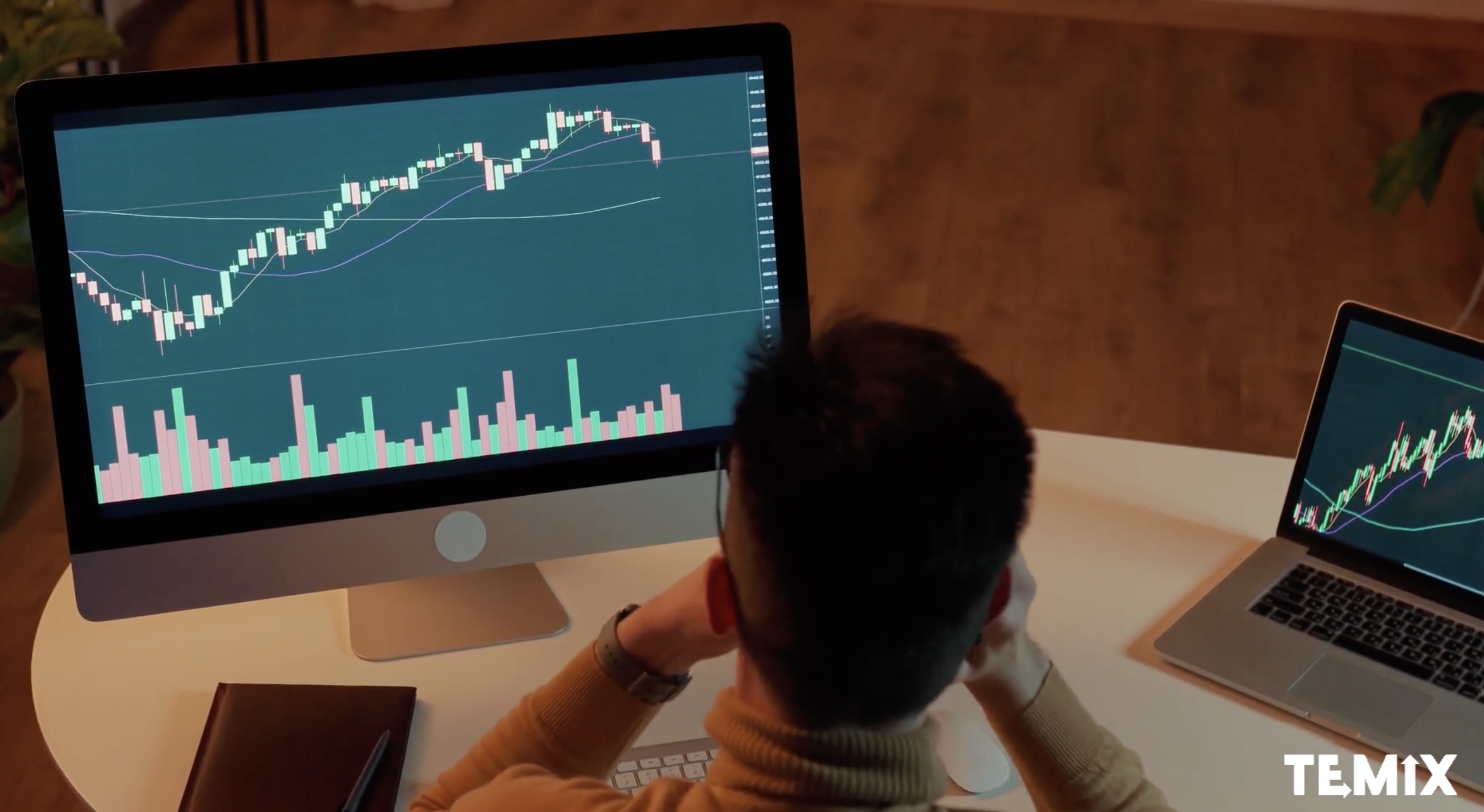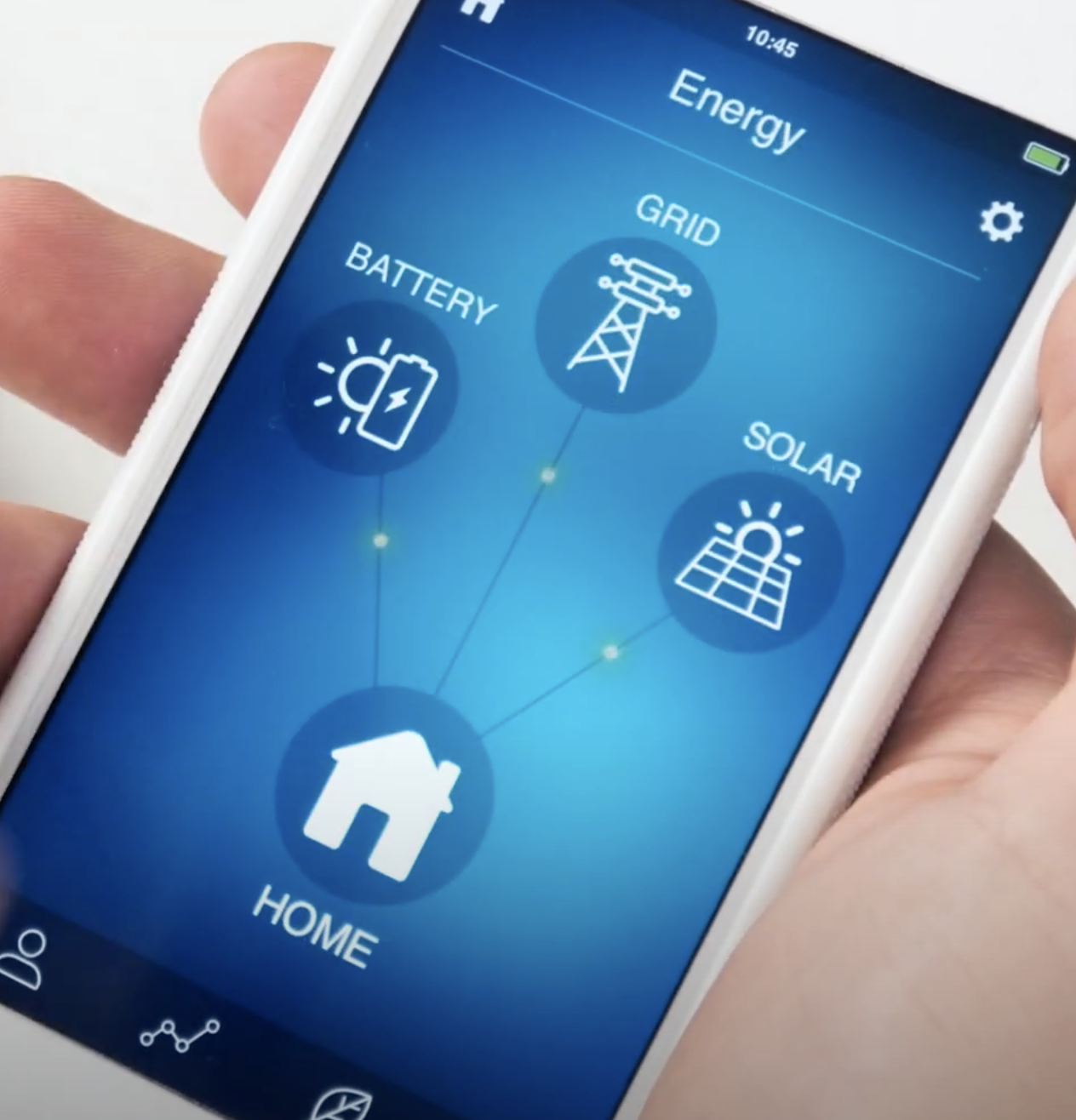The OGM Interactive Canada Edition – Summer 2024 – Read Now!
View Past IssuesTrans – to change form.
Active – to take action.
Energy – using a source of power.
Change the action of energy = Trans Active Energy
Transactive Energy IS THE FUTURE of Energy. It will change everything we know about current energy systems and transform them into new energy solutions.
The world is changing, and so is the way we manage our energy. Transactive energy is a new approach to energy management that is gaining popularity due to its many benefits.
Transactive energy is a system that allows energy producers and energy consumers to partner together and balance energy supply and demand. In a transactive energy system, energy providers and users agree on the value of electricity which in turn, allows the producer and consumer to decide if they want to proceed with the energy transaction at that given price.
Transactive energy has many features and benefits that make it an attractive option for energy management.
Lower Costs
One of the most significant benefits of transactive energy is lower costs, both for the consumer and for the producer. Energy demand and response save consumers money during off-peak hours, and distributed energy resources (DERs) save utility companies money on shorter transmission distances.
There is also a greater use of renewable energy sources in a transactive system, which reduces the amount of money spent by both consumers and producers on oil and gas.
Increased Reliability
Transactive energy can increase grid reliability by reducing transmission losses and improving local energy sharing. Microgrids within a transactive electricity market can also improve grid reliability by reducing the need for power infrastructure.
Environmental Benefits
Transactive energy encourages the use of renewable energy sources like solar and wind, which benefits the environment and reduces carbon emissions.
Applications of Transactive Energy
Transactive energy has many applications, from individual homeowners to entire power systems.
Individual Homeowners
In a transactive energy system, every homeowner would have the opportunity to become self-sufficient, with their own sources of electricity. Smart devices like washing machines and electric cars would know to use electricity at night when energy is most affordable and least in demand.
Power Systems
Transactive energy can be applied to entire power systems, allowing for a more efficient and reliable grid. The transactive energy approach offers a way for producers and consumers to more closely match and balance energy supply and energy demand.

TRANSACTIVE ENERGY VS TRADITIONAL ENERGY
Transactive energy systems differ from traditional energy markets in several ways. Here are some of the key differences:
Transactive energy systems differ from traditional energy markets in several ways, including decentralization, a market-based approach, two-way energy flow, the use of smart devices, and increased reliability. These differences allow for greater flexibility, efficiency, and transparency in energy management.

Temix is a company that uses transactive energy to provide energy management solutions.
Transactive Energy Market Information Exchange (TeMIX) is a methodology to support automated energy transactions and decentralized management of energy use.
Temix supports the automation in energy transactions and decentralized control for the smart grid. The company offers a range of services, including energy management software, energy audits, and energy consulting.
By using transactive energy, Temix is able to help its clients reduce their energy costs, increase grid reliability, and reduce their carbon footprint.
Transactive energy essentially is an intelligent, multi-level communications method that coordinates energy generation, consumption, and delivery. Under the transactive energy scenario, electricity suppliers, energy markets, the power grid, homes, commercial buildings, and distributed energy resources (DERs), such as electric vehicles and batteries, would “talk” directly or indirectly with each other to negotiate energy needs and costs.
The transactive energy approach provides a coordination and control methodology that more effectively balances energy supply and demand across the grid, enabling increased integration of clean energy sources.

Transactive energy is a new market-based approach to energy management that offers many benefits, including lower costs, increased reliability, and environmental benefits. It has many applications, from individual homeowners to entire power systems. By taking advantage of off-peak hours, transactive energy can save consumers time and money. The future of energy management is here, and it’s transactive energy.
Sources & Images & to learn more go to:
Www.Temix.com
Did you enjoy this article?